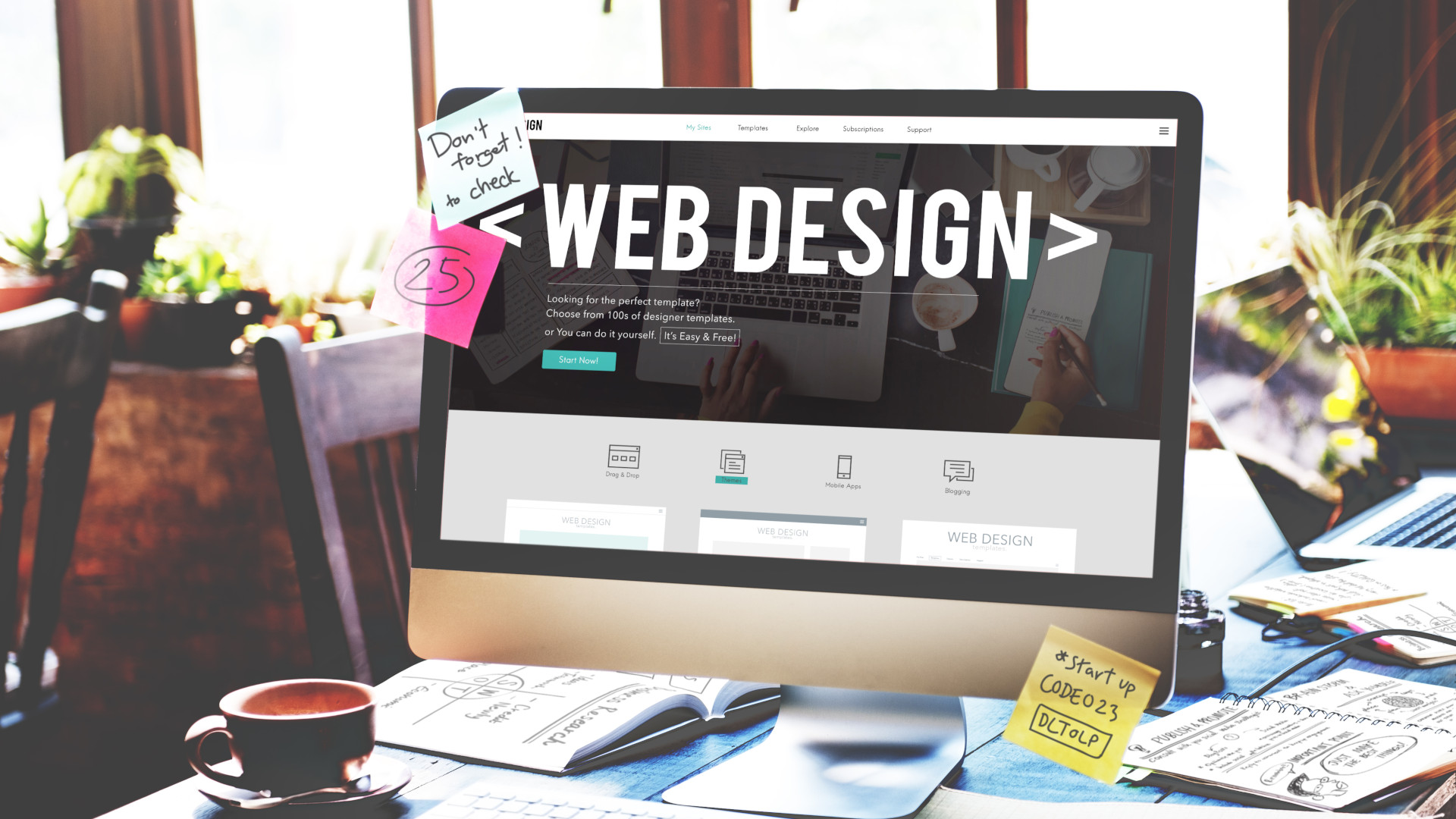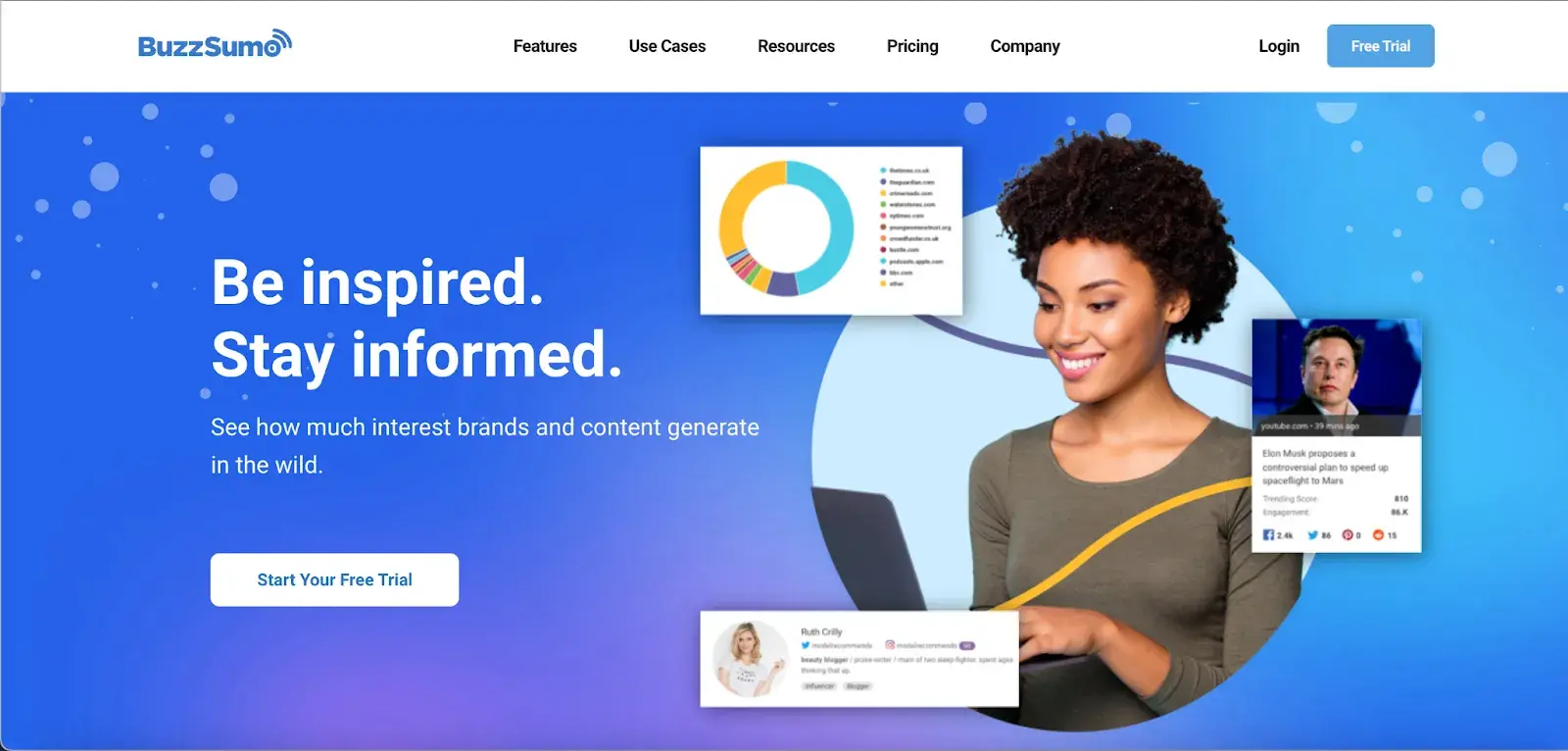Website Design London Ontario Built with WordPress and Other Tools
How to Efficiently Incorporate Aesthetic Appeals and Capability in Website Design
When designing a site, you require to strike a balance between looks and functionality. It's not almost looking good; your style ought to also serve a function and overview customers effectively. By focusing on simplicity and user-friendly navigating, you can develop an engaging experience. But what elements absolutely enhance functionality while preserving aesthetic allure? Let's check out the crucial concepts that can cause an unified mix of appeal and feature.
Comprehending the Value of Appearances and Capability
Recognizing the equilibrium between aesthetic appeals and performance is vital for creating a reliable customer experience when you create a web site. A visually appealing website grabs interest, but it's the functionality that maintains individuals involved. If your website looks terrific but is difficult to browse, visitors will quickly shed interest and leave.Consider your target market and what attracts them in. You intend to produce a layout that shows your brand name while making sure ease of usage. Streamlined designs, intuitive navigating, and clear phone call to activity can boost both looks and functionality.

Principles of Effective Web Style
To develop an effective web style, you need to comply with a number of crucial concepts that boost both customer experience and aesthetic allure. Focus on simpleness; a tidy design assists individuals navigate quickly. Utilize a constant color plan and typography to preserve coherence across your website. This cultivates knowledge and trust.Next, assure your layout is receptive. Individuals gain access to web sites on various gadgets, so your design ought to adjust seamlessly. Take notice of visual hierarchy; emphasize important elements with positioning, color, or size to guide customers' focus.Finally, integrate ample white room. It stops clutter and makes web content a lot more digestible. Bear in mind, efficient web layout balances looks and functionality, so every layout option should offer a purpose. By adhering to these principles, you'll develop a site that's not just visually enticing but additionally easy to use, inevitably keeping site visitors engaged and urging them to return.
Prioritizing Individual Experience
When focusing on individual experience, you'll wish to start by comprehending what your customers really require. Simplifying navigation layout can make a substantial distinction in how quickly they locate what they're searching for. Likewise, boosting visual pecking order assists lead their attention to the most crucial components on your site.
Comprehending Individual Requirements
Recognizing customer requirements is crucial for developing an appealing web experience that maintains visitors coming back. To attain this, you have to determine the goals and choices of your target market. Start by performing individual research, like interviews or studies, to gather understandings on what individuals value most. When engaging with similar internet sites, pay interest to their discomfort factors and challenges. This details permits you to tailor your design, guaranteeing functionality lines up with user expectations. Additionally, take into consideration developing individual identities that represent various sectors of your target market, helping you imagine their demands during the style process. When you focus on understanding user demands, you create a site that not just looks excellent but likewise supplies a smooth, enjoyable experience that fosters loyalty.
Streamlining Navigating Design

Enhancing Visual Hierarchy
A strong aesthetic hierarchy is vital in guiding individuals through your web site and guaranteeing they engage with key material. To attain this, use spacing, color, and size purposefully. Make essential aspects like headings bigger and bolder than body text, drawing interest instantly. Use contrasting shades to highlight calls to action, motivating clicks. In addition, use ample white area to separate areas, making material absorbable and inviting.Consider the circulation of information; organize aspects rationally, leading customers' eyes from one factor to the following. Usage aesthetic cues, like lines or arrows, to direct attention. By prioritizing visual pecking order, you improve individual experience and boost the chance of conversions, guaranteeing your internet site is both cosmetically pleasing and functionally reliable.
Shade Concept and Its Influence On Use
While picking the appropriate shades for your internet site might appear like a minor detail, it significantly influences usability and user experience. Shade impacts exactly how individuals perceive information and can hinder or improve navigation. As an example, contrasting shades can assist essential aspects stick out, making it much easier for visitors to find what they need.Additionally, think about the psychology of shades: blue commonly influences count on, while red creates necessity. Recognizing your target audience can guide your shade choices, ensuring they resonate well.Moreover, constant color plans help develop brand identification, making your website a lot more memorable. Be cautious-- as well several colors can bewilder customers. Stay with a minimal palette that blog matches your web content and maintains clarity.Incorporating access is also necessary; validate your color mixes are pleasant for those with visual disabilities. By attentively using color theory, you'll improve use and develop a more appealing customer experience.
Typography: Balancing Style and Readability
Color options established the phase for your website, but typography plays a similarly necessary role in enhancing user experience. You want your message to communicate clearly while also showing your brand's character. Beginning by picking typefaces that are not just attractive yet likewise legible. Sans-serif fonts typically function well for electronic displays, as they're much easier to review at numerous sizes.Maintain a power structure by utilizing various typeface dimensions and weights; this overviews individuals with your material effortlessly. Think about line spacing and letter spacing; too tight can frustrate readers, while also loosened can interfere with the circulation. Limitation your font choices to 2 or 3 to keep the style cohesive.Finally, always evaluate your typography throughout various tools and internet browsers. What looks great on one screen may out one more. Balancing style with readability warranties that your message reverberates, keeping your target market informed and involved.
Responsive Design: Making Aesthetic Appeals Work on All Instruments
To assure your web site looks excellent on any type of device, you'll require to embrace receptive style principles. This strategy assurances your site adapts to numerous screen dimensions, supplying an optimal user experience. Beginning by using liquid grids and versatile pictures that scale perfectly. Rather of taken care of dimensions, choose percents and relative devices, allowing your design to adjust dynamically.Next, carry out media queries in your CSS. These let you use different styles based on gadget characteristics, like screen size. In this manner, you can preserve visual appeal while ensuring functionality.Don' t neglect about touch targets; make sure switches and links are easy to touch on smaller sized screens. Prioritize necessary content, so individuals can quickly browse your website regardless of their gadget. By concentrating on these components, you'll develop an engaging, visually appealing experience that meets the requirements of all individuals, whether they get on a desktop computer, smart device, or tablet computer .
Performing Usability Testing for Continuous Improvement
To enhance your web design, you require to establish clear use objectives that straighten with customer demands. image source By performing customer examinations, you can gather important comments on how real people interact with your website. Assessing these outcomes will certainly assist you make notified improvements and develop a more efficient individual experience.
Defining Functionality Goals
While aesthetics can draw users in, defining functionality objectives is crucial for guaranteeing their experience continues to be seamless and rewarding. Beginning by identifying what you desire individuals to achieve on your website (website design london Ontario). Consider their tasks, demands, and habits. Are they trying to find information, making a purchase, or authorizing up for a newsletter? Develop clear benchmarks to gauge success, like task conclusion rates or time on task. Focus on user-friendly navigating, available web content, and receptive design to improve use. Consistently review these objectives as user expectations advance. By defining use objectives, you produce a structure for examining and improving your site's performance. This emphasis on usability not only improves user satisfaction but likewise enhances the overall efficiency of your style
Performing User Tests
Carrying out individual examinations is essential for fine-tuning your web site and guaranteeing it fulfills your audience's needs. Start by identifying your target customers and creating a test strategy that describes your purposes. Make use of a mix of qualitative and quantitative approaches, such as studies, meetings, and task-based monitorings, to gather extensive comments. Invite participants to navigate your site while you observe their interactions and keep in mind any kind of difficulties they experience. Encourage open dialogue to capture their ideas and sensations about the layout and functionality. Keep sessions brief and concentrated, guaranteeing you cover crucial locations without overwhelming users. Make sure to record all searchings for, as this info will be invaluable for making enlightened style decisions that boost both appearances and use.
Examining Test Outcomes
Exactly how can you efficiently analyze the outcomes of your usability visit their website examinations to drive constant improvement? Beginning by categorizing responses into common styles. Search for patterns in customer habits that highlight discomfort points or locations for enhancement. Usage quantitative information, like task conclusion rates and time on job, to gauge functionality objectively. Don't forget to consider qualitative insights from customer comments; they usually expose underlying concerns that numbers can't reveal. Focus on the most impactful searchings for and create actionable things for your design team. Remember, it's about repeating-- execute adjustments, then examination again. This cycle of screening, assessing, and refining assists you equilibrium looks and functionality, ensuring your web site fulfills user requirements successfully while preserving aesthetic allure.
Frequently Asked Concerns
Exactly how Do I Choose the Right Color Combination for My Web site?
To pick the right color combination for your web site, consider your brand name's individuality, target market, and psychological impact (website design london Ontario). Use color psychology, create harmony, and guarantee readability. Test combinations to see what resonates finest with visitors
What Equipment Can Aid With Website Design Looks and Capability?
You can make use of devices like Adobe XD, Figma, and Map out to improve your website design's looks and performance. These platforms provide user-friendly interfaces, cooperation functions, and pre-made themes to enhance your innovative process and enhance your layouts.
Just How Can I Integrate Animations Without Jeopardizing Performance?
To include computer animations without jeopardizing functionality, focus on refined impacts that enhance customer experience. Usage CSS computer animations for smoother interactions, warranty quick tons times, and examination on different devices to preserve performance while adding aesthetic allure.
What Are Common Blunders to Avoid in Website Design Appearances?
When creating, prevent cluttered designs, poor shade options, and irregular font styles. Don't ignore mobile responsiveness, as it can alienate customers. Verify your design straightens with your brand, creating a smooth experience that engages site visitors efficiently.
How Commonly Should I Update My Site's Layout for Optimal Aesthetics?
You must upgrade your site's layout every 1-2 years to stay on top of patterns and preserve ideal aesthetics. Consistently renewing visuals assists involve warranties and visitors your site stays enticing and user-friendly. When you design a web site, recognizing the equilibrium between aesthetic appeals and capability is essential for creating an efficient customer experience. To develop a reliable web design, you need to adhere to several essential concepts that improve both customer experience and aesthetic allure. Customers accessibility websites on various devices, so your design should adapt perfectly. When prioritizing customer experience, you'll want to start by comprehending what your individuals really need. Start by conducting user research, like meetings or studies, to gather insights on what users worth most.